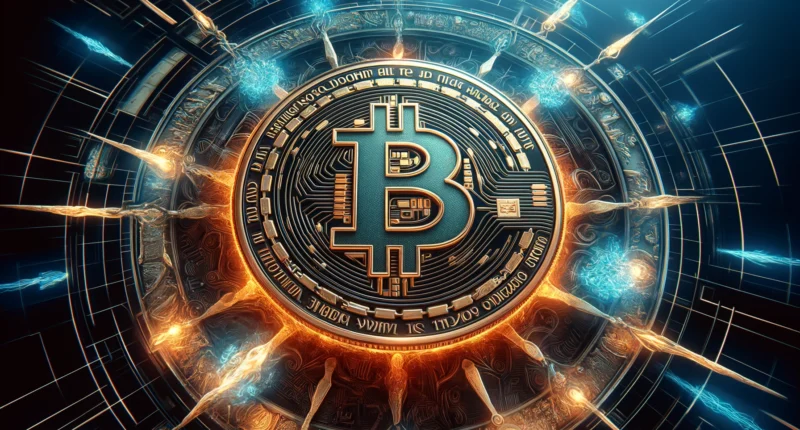Bitcoin, primarily seen as a digital gold equivalent, is undergoing an evolutionary shift with the introduction of ordinal theory and runes. This case study explores these innovations in depth, examining their potential to transform Bitcoin from a pure currency into a versatile platform for digital artifacts and enhanced blockchain functionalities.

Ordinal theory fundamentally alters the perception of Satoshis, the smallest unit of Bitcoin. Traditionally, Bitcoin is viewed as fungible—each Satoshi is indistinguishable and interchangeable. Ordinal theory disrupts this by labeling each Satoshi with a unique ordinal number based on its creation order in the blockchain. This individual labeling not only distinguishes each Satoshi but also introduces the concept of rarity and collectibility within the Bitcoin ecosystem.
Building on the unique identifiers introduced by ordinal theory, Bitcoin inscriptions represent a profound evolution in how data is utilized within the blockchain. Inscriptions enable the embedding of arbitrary data directly onto individual Satoshis, transforming them from mere financial instruments into carriers of a rich tapestry of information, ranging from digital artwork to cryptographic messages.
Building on the advancements detailed above, the Rune Protocol introduces capabilities that could significantly influence Bitcoin’s underlying ecosystem. This section explores how runes, by enriching Bitcoin’s functionality through the UTXO model, could foster broader use cases, enhance transactional demand, and create new incentives for various stakeholders within the Bitcoin network.
The introduction of the Rune Protocol has the potential to transform Bitcoin’s ecosystem by not only increasing the blockchain’s transactional capabilities but also by enhancing its appeal and functionality. This could lead to a paradigm shift in how Bitcoin is perceived and used—from a digital gold to a more versatile platform capable of supporting a variety of advanced applications. Such a transformation could not only increase the intrinsic value of Bitcoin but also pave the way for significant market growth and innovation, positioning Bitcoin to capture a substantial share of the digital asset market.
The future prospects of rune technology within the cryptocurrency space are both promising and significant. By expanding the functionalities of Bitcoin through the Rune Protocol, there exists a tangible opportunity to redefine the capabilities of cryptocurrencies and establish new standards for digital transactions and asset management. If these innovations are managed effectively, with attention to security, user experience, and regulatory compliance, runes could not only enhance Bitcoin’s utility but also drive broader adoption and innovation across the digital asset ecosystem, marking a major evolutionary step for Bitcoin and potentially reshaping the entire landscape of blockchain technology.
 The Satoshi Code E-Book Comprehensive Guide
The Satoshi Code E-Book Comprehensive Guide
